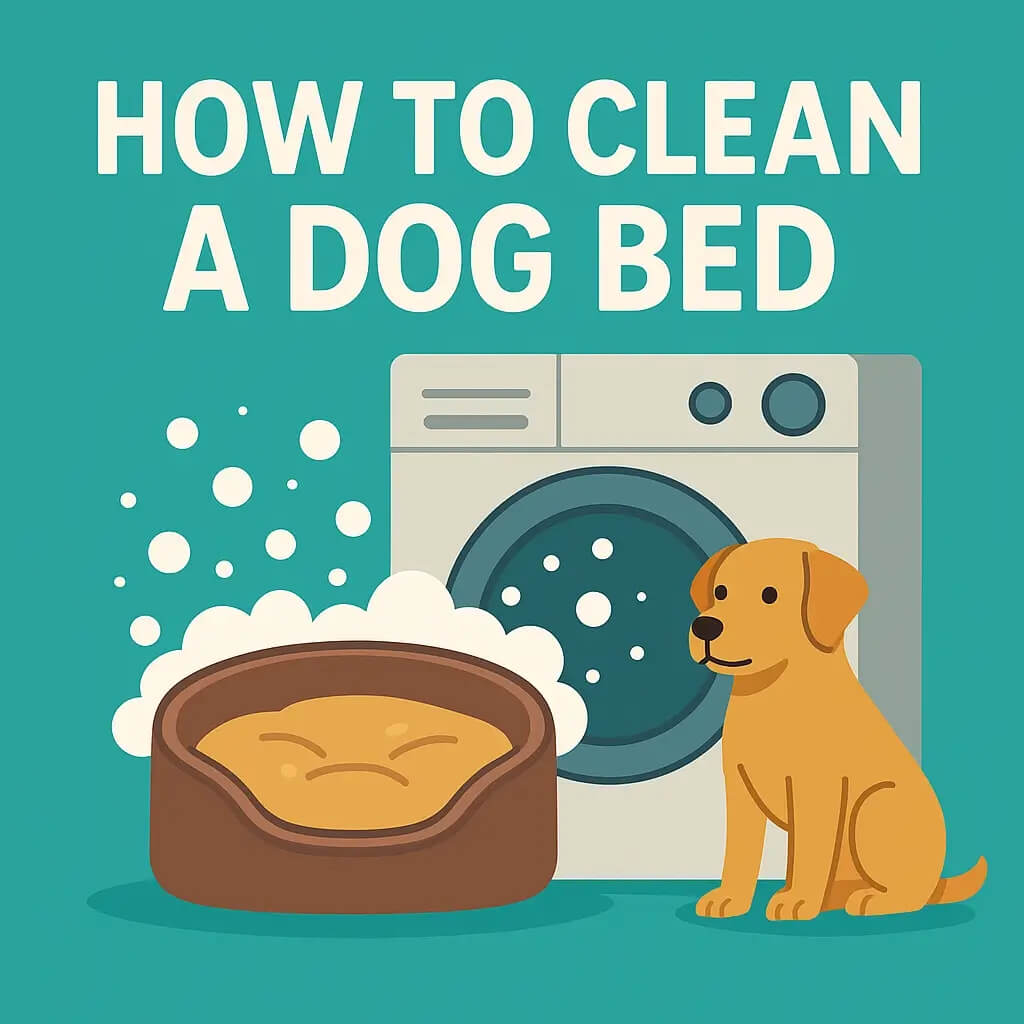Hot dogs are a classic American food—simple, quick, and popular at BBQs, ballparks, and family parties. It’s no surprise your dog or puppy wants a bite. But before you let your pup eat hot dog scraps, it’s important to know what these meats contain and why they may not be healthy for pets.
This blog will help US pet parents understand the risks, how many hot dogs a dog can eat, and what to do after your dog eat hot dog.
Are Hot Dogs Bad for Dogs?
Hot dogs are not immediately poisonous, but they are not healthy dog treats. Most hot dogs contain very high fat, excess sodium, artificial colors, and preservatives like sodium nitrate. These ingredients can lead to vomiting, diarrhea, or long-term problems if fed often.
1. High Salt & Fat: Dogs do not process salt the same way humans do. A medium dog only needs around 200 mg of sodium per day (AKC). Meanwhile, one hot dog may contain 5–10 times that amount. Eating many hot dogs can easily result in stomach upset, dehydration, or salt toxicity—especially in small breeds.
2. Toxic Seasonings: Many hot dogs include garlic and onion powder, which are known to damage red blood cells in dogs. The Merck Veterinary Manual confirms that garlic and onions can cause Heinz body anemia in pets.
3. Additives & Preservatives: Ingredients like monosodium glutamate and artificial colors provide no value for dogs. Some raw hot dogs may also harbor bacteria—Listeria or Salmonella—which the CDC lists as harmful to both pets and humans.
How Much Hot Dog Can My Dog Eat?
If your pup really loves the taste, you can offer very small pieces as an occasional treat—not as a full snack or meal. Treats, including hot dogs, should make up no more than 10% of your dog’s daily calories, according to WSAVA (World Small Animal Veterinary Association) nutrition guidelines.
Safe Portion Examples
-
Small dogs (<20 lbs): 2–3 tiny pieces the size of a pea
-
Medium dogs (20–50 lbs): 3–5 bite sized pieces
-
Large dogs (>50 lbs): 5–6 small pieces—not half a hot dog
Feeding half or many hot dogs in one day may cause digestive upset, vomiting, or diarrhea. Dogs with heart disease, obesity, kidney disease, or a sensitive stomach should avoid hot dogs entirely.
How To Safely Feed Hot Dogs to Your Dog
If you choose to let your dog eat hot dog pieces during a cookout or training session, follow these safety steps:
1. Use Plain, Fully Cooked Hot Dog
Avoid toppings like onions, garlic, BBQ sauce, ketchup with artificial sweeteners, or spicy mustard. These human foods often contain ingredients that are toxic to pets.
2. Cut Into Tiny Pieces
Cut the hot dog into bite sized pieces to prevent choking hazard. A whole hot dog is a top choking risk for dogs, similar to how it is for children.
3. Keep Portion Sizes Small
Stick to a few tiny pieces only. Hot dogs are high fat and high salt, so feeding too much can lead to upset stomach, diarrhea, or gas.
4. Make It a Rare Treat
Think of hot dogs as high value rewards, suitable only when you have no healthier dog treats available. A responsible veterinarian or associate veterinarian would never recommend feeding hot dogs frequently.
5. Avoid for Dogs With Health Issues
Dogs with heart disease, pancreatitis, obesity, kidney problems, or sensitive digestion should not eat hot dogs at all.
Are Hot Dogs Good Training Treats for Dogs?
Hot dogs are sometimes used by trainers because dogs love the smell and taste. They work well as high value treats or high value reward when you need to motivate a dog in a hard environment—like at the vet, around distractions, or during reactivity training.
Why Trainers Use Them
-
Strong smell
-
Soft texture
-
Easy to cut into tiny pieces
-
Highly motivating for dogs that ignore regular dog treats
However, using hot dogs often can be worse for your dog’s health. The high salt, high fat, sodium nitrate, and additives can lead to long-term issues if used daily. That’s why most professional trainers recommend using hot dogs only when absolutely needed, not during every training session.
Better Training Alternatives
-
Tiny pieces of cooked chicken or fish
-
Freeze-dried meat treats
-
Commercial dog treats with natural ingredients
-
Low-calorie training treats formulated for pets
These options provide better nutrition, fewer chemicals, and safer calories without risking your dog’s health.
My Dog Ate a Hot Dog. What Do I Do?
If your pup grabbed a hot dog off the table, try not to panic. Most dogs can digest a small amount of cooked hot dog, but you still need to watch for problems—especially because most hot dogs contain high fat, a lot of salt, and sometimes onion powder or garlic powder, which are toxic.
1. Check What Type of Hot Dog Your Dog Ate
-
Plain hot dog: Usually safe in small amounts.
-
Hot dog with toppings: Mustard, onions, spicy sauces, and buns can cause trouble.
-
Raw hot dogs: May harbor bacteria like Listeria or Salmonella.
2. Look for Warning Signs
Watch your dog for the next 12–24 hours. If your dog ate many hot dogs or half a hot dog with seasonings, watch for:
-
Vomiting
-
Diarrhea
-
Stomach upset or bloating
-
Lethargy
-
Fast breathing or shaking
These symptoms can happen because most hot dogs are high in salt, fat, sodium nitrate, and artificial colors.
3. Offer Fresh Water
Hot dogs contain a lot of salt. Provide fresh water to help prevent dehydration.
4. Call Your Vet If Something Seems Off
If your dog shows signs of poisoning—weakness, pale gums, vomiting repeatedly.
FAQs
Can Puppies Eat Hot Dogs?
Puppies should not eat hot dogs. Their stomachs are sensitive, and the salt, fat, and preservatives can cause vomiting or diarrhea. Stick to puppy-safe treats from your veterinarian’s advice.
Are Hot Dogs Good Emergency Training Treats?
Yes—tiny pieces of hot dog can work as a high value reward during difficult training sessions. But they should only be an occasional treat, not everyday training treats.
Can Dogs Eat Raw Hot Dogs?
No. Raw hot dogs may contain harmful bacteria, and the CDC warns that raw meats like hot dogs can increase the risk of Salmonella or Listeria for pets and humans.
Conclusion
Understanding the risks helps you make safer choices. A bite sized piece can be used as a high value treat during training, but it should never replace healthy dog food or proper dog treats made with natural ingredients. The best thing you can do for your dog is feed balanced meals, offer safer snacks.












